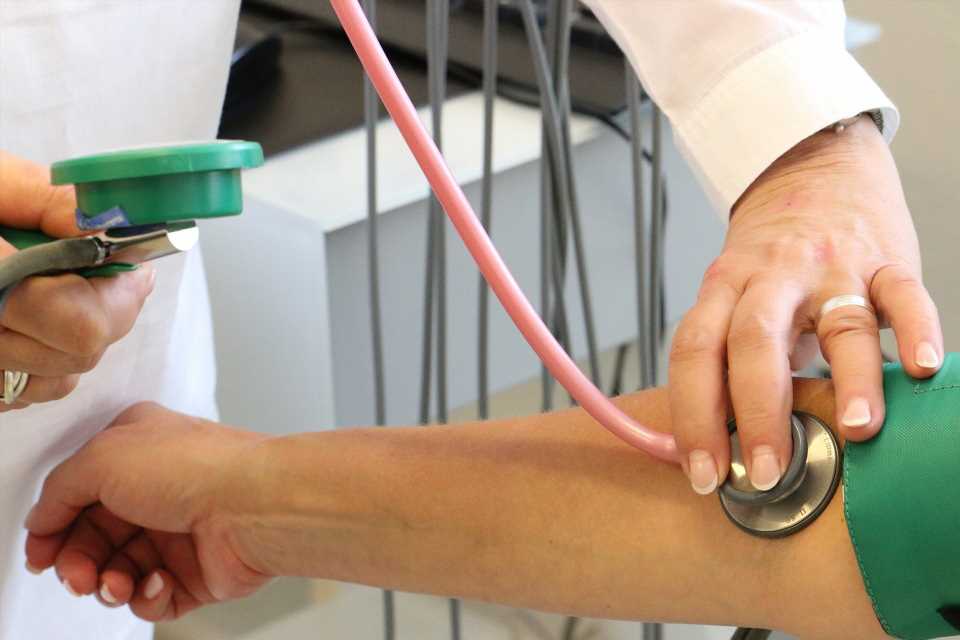
Blood pressure measurements routinely taken at home are more likely to provide the basis for accurate diagnoses of hypertension than those taken in a clinic setting, according to a new study led by Kaiser Permanente investigators.
The findings come from a randomized controlled trial of 510 adults who visited one of 12 Kaiser Permanente primary care centers in Western Washington between 2017 and 2019 published today in the Journal of General Internal Medicine.
“Blood pressure varies a lot over the day—about 30 points systolic—and 1 or 2 measurements in clinic may not reflect your average blood pressure,” said Beverly B. Green, MD, MPH, the study’s first author, who is a senior investigator at Kaiser Permanente Washington Health Research Institute and a physician at Washington Permanente Medical Group. “Home blood pressure monitoring allows you to collect many more readings and average these.”
To conduct the study, researchers used electronic health records to identify potential participants who were at high risk of having hypertension based on a recent clinic visit. They then randomly divided the participants into 3 groups based on the method for obtaining follow-up blood pressure measurements: in clinic, at home, or at kiosks in medical clinics or pharmacies.
In addition to these measures, every participant received 24-hour ambulatory blood pressure monitoring, or ABPM, the gold standard test for making a new diagnosis of hypertension. ABPM uses a full upper-arm cuff connected to a waist-carried device that is worn continuously for 24 hours and inflates every 20 to 30 minutes during the day and every 30 to 60 minutes at night. ABPM provides the most precise diagnostic information but is not available for widespread use. The researchers were able to determine the accuracy of the 3 other methods by comparing their results with the ABPM results.
The study found:
- Blood pressure readings taken at home were consistent with ABPM
- Blood pressure readings based on follow-up clinic visits were significantly lower for the systolic measure, leading to over half of the people with hypertension based on ABPM being missed
- Blood pressure readings from kiosks were significantly higher than measures based on ABPM, resulting in a higher likelihood of overdiagnosis of hypertension
“Home blood pressure monitoring was a better option, because it was more accurate than clinic blood pressure readings,” Dr. Green said. “Furthermore, a companion study found that patients preferred taking their blood pressure at home.” The companion study findings were presented at an American Heart Association Hypertension meeting.
The number of people in the United States with undiagnosed hypertension is likely to be in the millions. One recent analysis published in JAMA estimated that 23% of U.S. adults with high blood pressure were unaware that they had the condition and were not receiving treatment.
Proper diagnosis of hypertension can save a patient’s life. When hypertension is identified, physicians will typically prescribe medication to lower blood pressure. Without treatment, hypertension can cause heart attack, stroke, and kidney damage, among other problems.
Current guidelines for diagnosing hypertension recommend that patients who have high blood pressure readings in clinic have another test to confirm the results. While the guidelines recommend ABPM or home blood pressure monitoring before making a hypertension diagnosis, research shows that providers continue to use in-clinic measurement when conducting the second reading.
Source: Read Full Article
